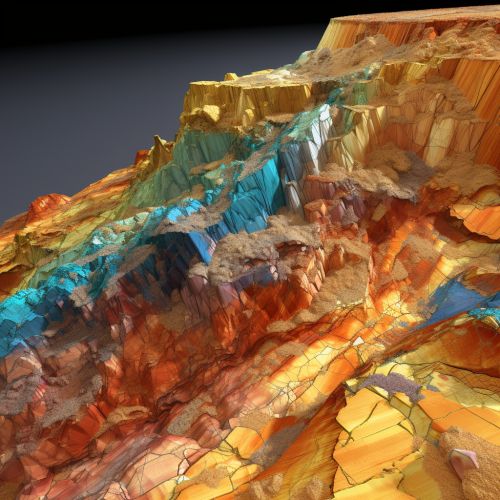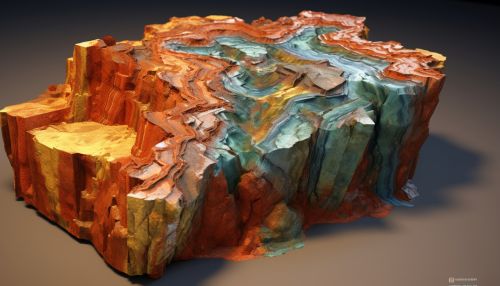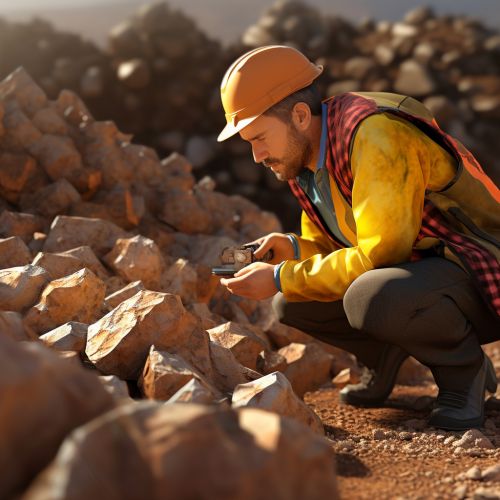The Role of Geostatistics in Predicting Mineral Resources
Introduction
Geostatistics is a branch of statistics that deals with spatial or spatiotemporal datasets. It has been widely used in a variety of disciplines, particularly in the field of earth sciences. One of its significant applications is in the prediction of mineral resources. This article delves into the role of geostatistics in predicting mineral resources, providing a comprehensive and detailed understanding of the subject.


Geostatistics: An Overview
Geostatistics originated from the mining and petroleum industries in the early 20th century. It was developed by the South African geologist Danie G. Krige, hence the term "Kriging". Kriging is a method of interpolation that takes into account both the distance and the degree of variation between known data points when predicting values for unknown data points.


Role of Geostatistics in Predicting Mineral Resources
The primary role of geostatistics in predicting mineral resources is to provide a statistical approach to the estimation of mineral reserves. It allows for the quantification of the spatial structures of geological phenomena and the prediction of the distribution of mineral resources in unexplored areas.
Quantification of Spatial Structures
Geostatistics is used to quantify the spatial structures of geological phenomena. This involves the use of variograms, a tool in geostatistics that describes the degree of spatial dependence of a spatial random field or stochastic process.


Prediction of Mineral Distribution
Geostatistics plays a crucial role in predicting the distribution of mineral resources in unexplored areas. It uses the spatial structures quantified by variograms to estimate the distribution of mineral resources.


Applications of Geostatistics in Mineral Resource Prediction
Geostatistics is applied in various stages of mineral exploration and production. These include resource estimation, grade control, and risk analysis.
Resource Estimation
Geostatistics is used in resource estimation to provide a reliable estimate of the quantity and quality of the resource in a deposit. It uses the principles of statistics and spatial analysis to predict the distribution of mineral resources.


Grade Control
In mining, geostatistics is used for grade control. It helps in determining the areas of the deposit that are economically viable to mine.


Risk Analysis
Geostatistics is also used in risk analysis in mineral exploration. It provides a measure of uncertainty in the prediction of the distribution of mineral resources.


Conclusion
Geostatistics plays a vital role in predicting mineral resources. It provides a statistical approach to the estimation of mineral reserves, allowing for the quantification of the spatial structures of geological phenomena and the prediction of the distribution of mineral resources in unexplored areas. Its applications in mineral exploration and production include resource estimation, grade control, and risk analysis.
